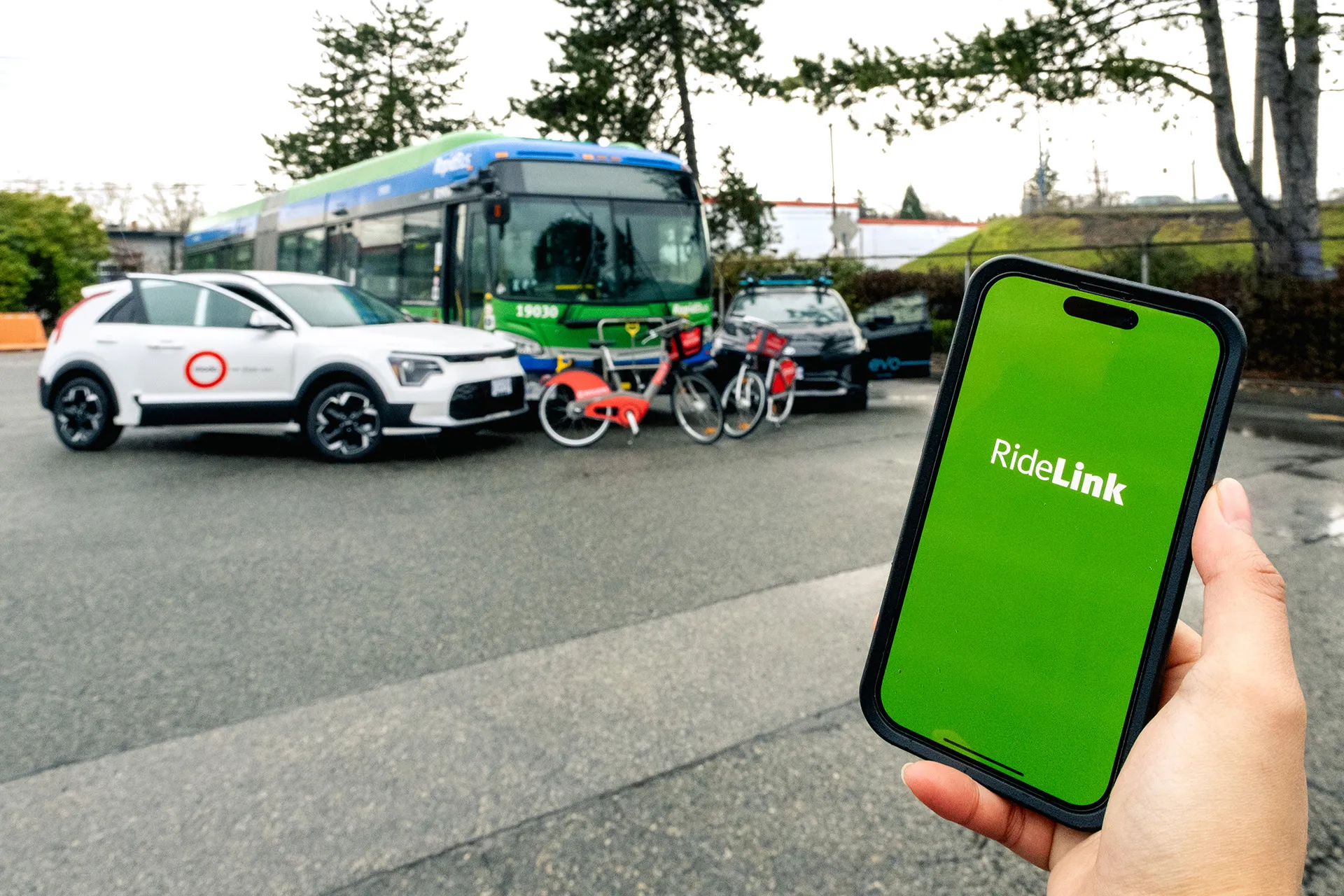
Telent has been awarded a five-year extension of its traffic signal maintenance contract with Kent County Council in the UK.
The company says its maintenance responsibilities now include variable message signs, vehicle actuated signs and speed indicator devices which help ensure roads are as safe as possible.
The contract also includes the supply and installation of new sites and refurbishments.
Nigel Weldon, business development director – highways at Telent, says having a dedicated team with local knowledge of the area has meant it has “continually hit the council’s key performance indicators at a rate of 100% and corrected 99.9% of traffic signal faults on time throughout the contract”.
The dedicated Telent team comprises 15 members of staff. Over the years, the two teams have co-located in the Kent County Council Highways Depot to enable immediate communication.
Telent can address urgent issues remotely if the team is unable to visit the live site, the company adds.
Michael Payne, cabinet member for highways and transport at Kent County Council, says: “Our priority is to ensure that the county’s transport system operates at a level of safety and quality that our residents expect. This contract extension, partnering us for a further five years with Telent’s dedicated team, means we can continue doing so.”
The extension will run from April 2021 until March 2026 and follows on from the existing contract which started in April 2016.









